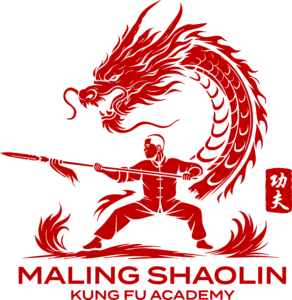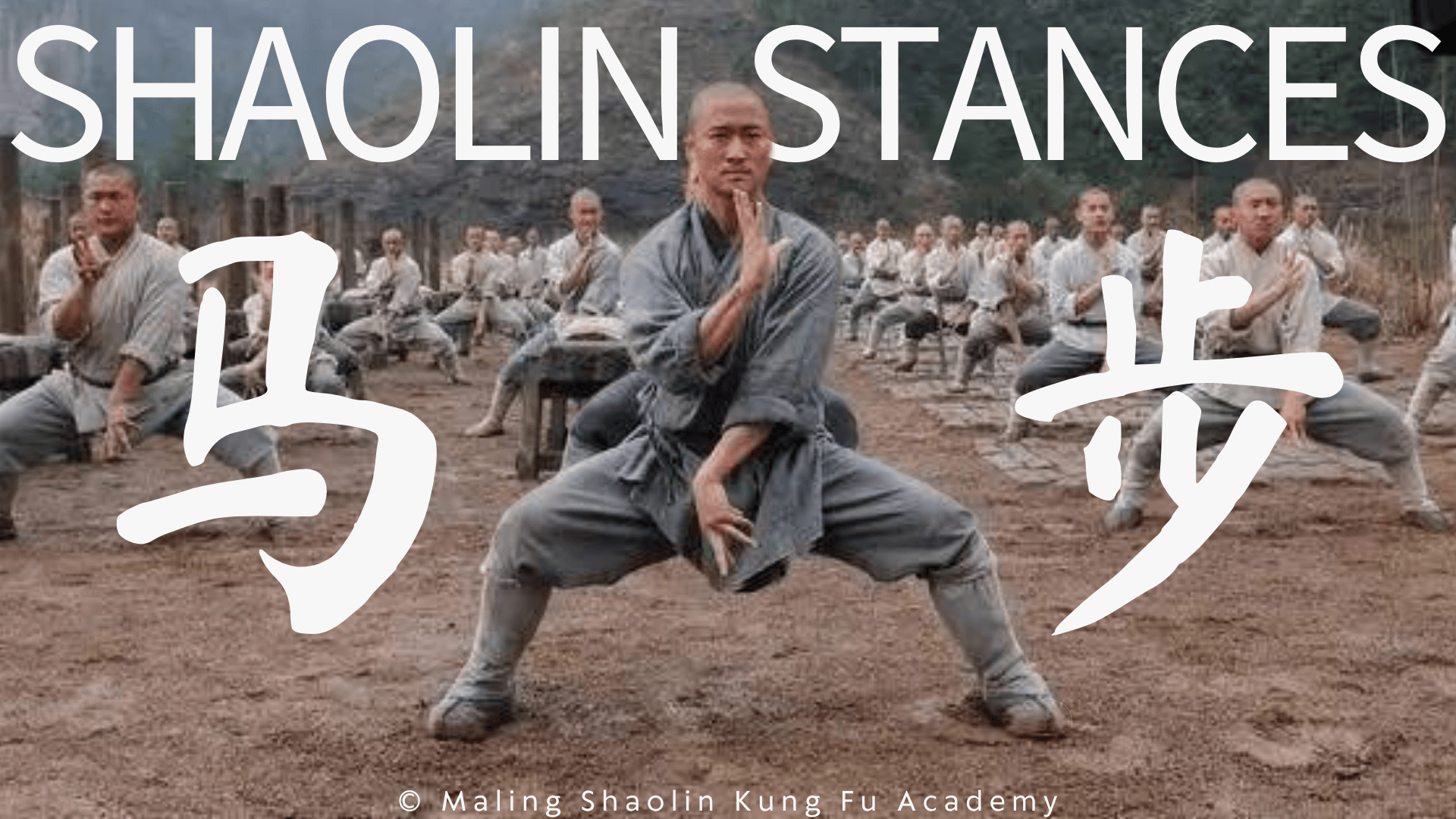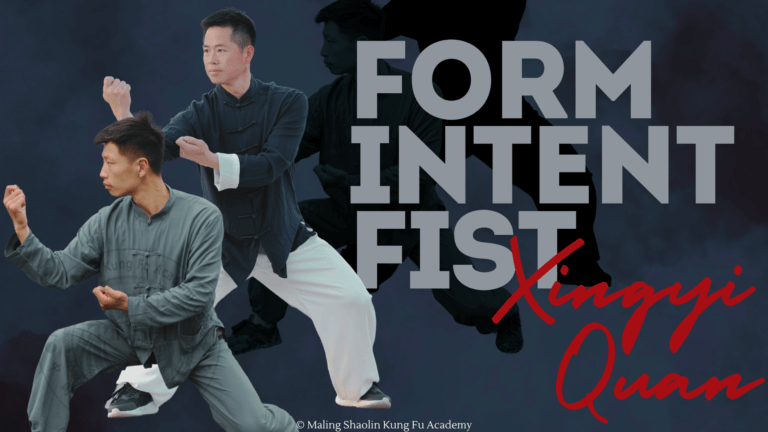The Bow Stance (Gōng Bù) in Shaolin Kung Fu: Foundation of Strength and Precision

In Shaolin Kung Fu, stances are fundamental elements that serve as the foundation for various techniques and movements. Among these stances, the Bow Stance, or Gōng Bù (弓步), stands out for its importance in establishing strength, stability, and precision. This stance, resembling the drawn bow of an archer, is integral to numerous forms and applications within Shaolin Kung Fu. This article delves into the intricacies of the Bow Stance, its benefits, variations, and applications in martial arts.
Origins and Significance
The Bow Stance, or “Gōng Bù” (弓步), has deep historical roots in traditional Chinese martial arts, dating back to ancient times when martial artists sought effective and practical techniques for combat and self-defense. The name “Bow Stance” is derived from the shape of the practitioner’s legs, which resemble a drawn bow, symbolizing strength and readiness. This stance is not only a fundamental position in many martial arts forms but also an essential training posture for building lower body strength, stability, and flexibility.
In addition to its physical benefits, the Bow Stance holds symbolic significance. It embodies the concept of being grounded and centered, both physically and mentally. Practitioners are encouraged to develop a strong foundation, akin to the bow’s sturdy base, while remaining flexible and adaptable like the bow’s string. This balance of strength and agility is a key principle in martial arts, reflecting the dual nature of martial and internal disciplines. The Bow Stance is a staple in various styles, including Shaolin Kung Fu, Taijiquan, and Wing Chun, where it is used in both forms and applications, demonstrating its versatility and importance in martial arts training.
Technique and Execution
The Bow Stance is characterized by a deep forward lunge with one leg bent and the other leg extended straight back, creating a stable and balanced posture. Here’s a step-by-step guide to achieving the perfect Bow Stance To perform the Bow Stance correctly, follow these steps:
Front Leg:
Begin with feet shoulder-width apart. Take a large step forward with one foot, ensuring that your toes are pointing straight ahead. Lower your body by bending your knee, keeping it directly above your ankle. The thigh should be parallel to the ground.
Back Leg:
Stretch your rear leg straight back, with the foot angled slightly outward for balance. Do not allow the knee to bend. Ensure the rear heel stays flat on the ground.
Posture:
Keep your hips and shoulders squared forward, maintaining an upright torso. Depending on the specific form or technique, your arms can be in various positions, such as extended forward, guarding, or ready for striking. For the basic pose, make fists and keep them at your sides.
Practice On Both Sides:
Turn your body and feet back and forth without standing, going into a full Bow Stance on each side. Keep repeating, ensuring you keep your balance and your back leg straight with heel flat on the ground.
TIPS:
- Consistency: Regular practice of the Bow Stance is essential for developing strength and muscle memory. Incorporate stance training into your daily routine.
- Focus on Alignment: Pay attention to the alignment of your knees, hips, and shoulders to ensure proper form and prevent injuries.
- Gradual Progression: Start with a higher Bow Stance and gradually work towards a deeper Bow Stance as your strength and flexibility improve.
To improve your bow stance try these exercises:
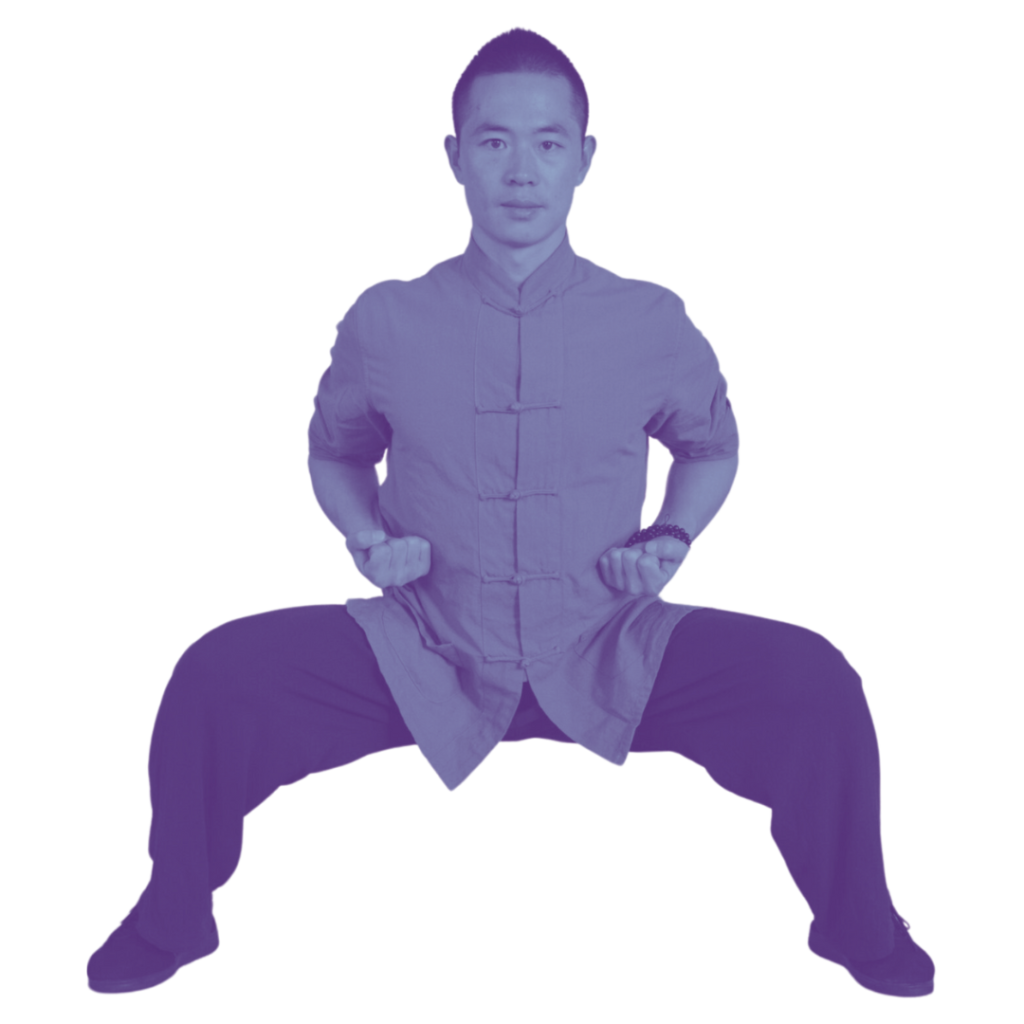
Horse Stance Switch: Stand with legs shoulder width apart with toes forward. Lower your body as if sitting on a chair with thighs parallel to the ground. This is a horse stance. Now, without standing, turn your body and front foot to one side while extending the back leg and heel out into a bow stance. Return to horse stance and repeat on other side. This will improve balance, coordination, and thigh strength.
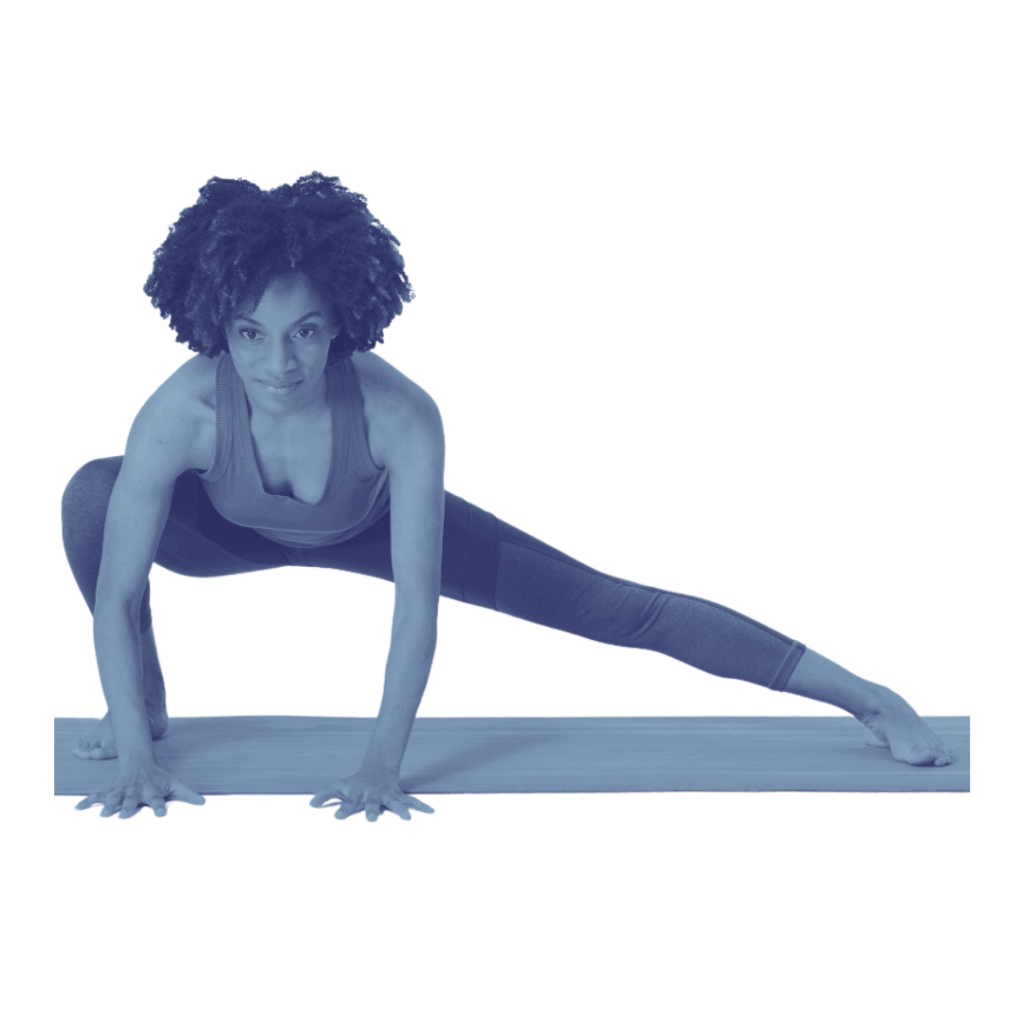
Side Lunge: Stand with legs wide apart and lower yourself, shifting your body weight to one leg. Get as low as possible and hold this pose. You can also gently pulse. This move is is very similar to the Low Stance (Pu Bu). Keep an eye out for a future article like this covering the Low Stance.
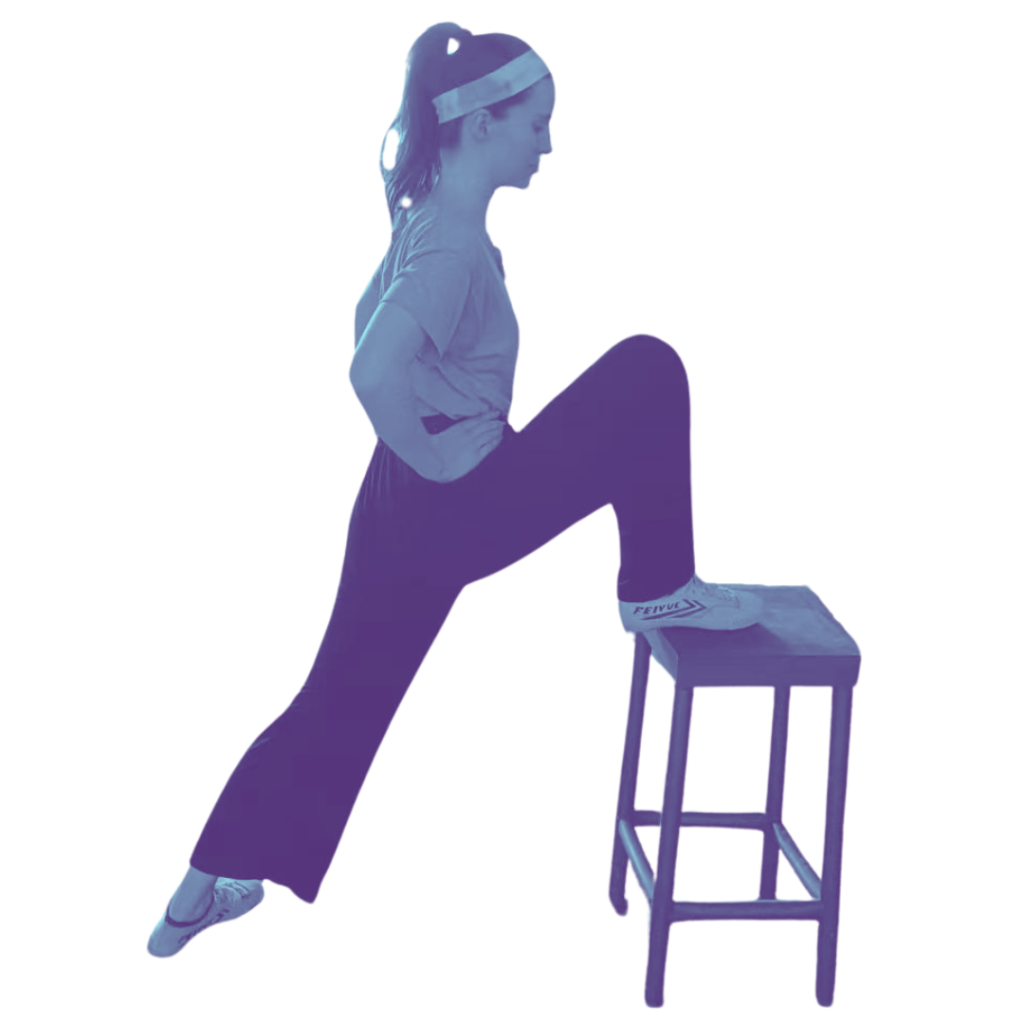
Raised Lunge: This exercise will be in the same position as a lunge but with the front leg propped up on something, like a chair or ledge. This allows more control over the depth of the lunge and a deeper hip stretch without over-tiring your quads. You can simply hold this stretch or gently pulse.
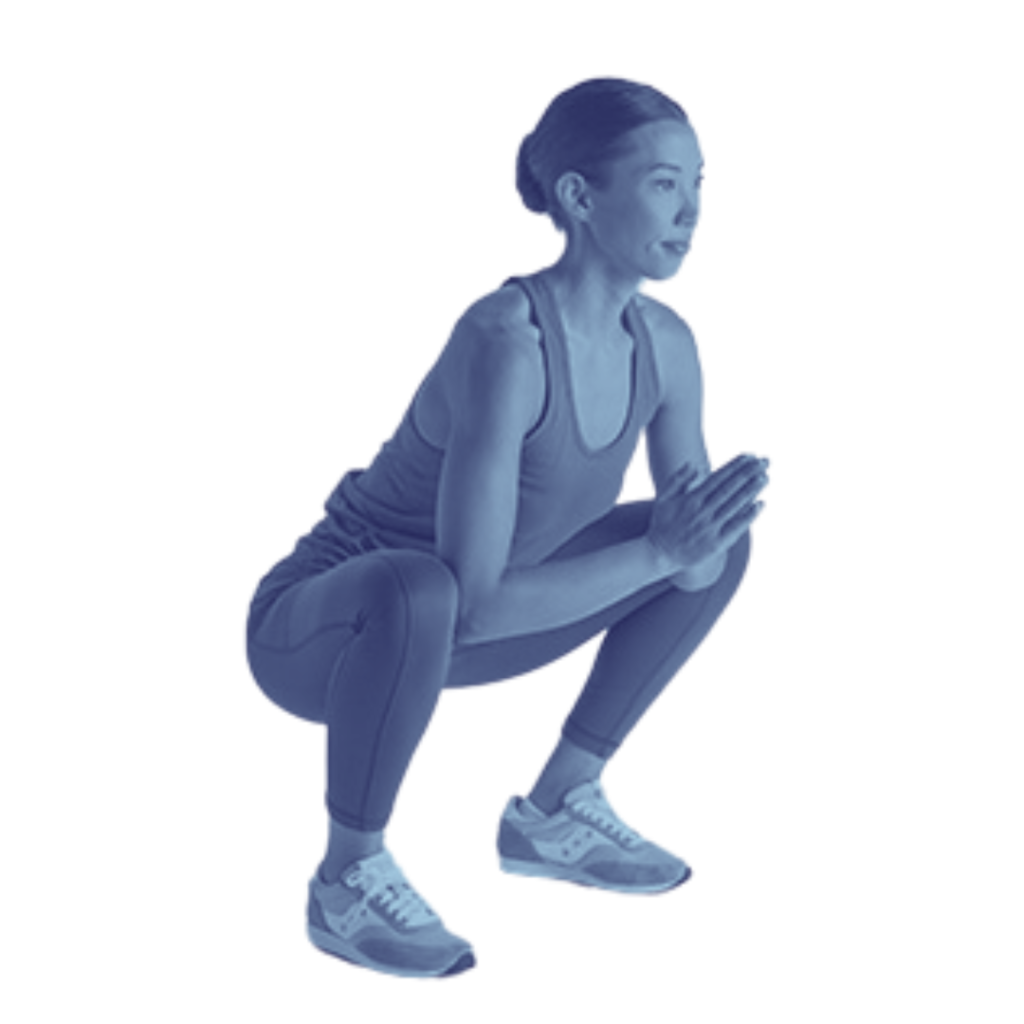
Deep Squats: To help improve your thigh strength, try regularly doing deep squats. When going down, lower your rear as close to the floor as you can before standing fully up, with hips forward. Try to keep your back as straight as possible and toes pointed forward.
Benefits of the Bow Stance
The Bow Stance offers numerous physical and mental benefits, making it an indispensable part of Shaolin Kung Fu training:
- Strength and Stability: The Bow Stance builds leg strength, particularly in the quadriceps and hamstrings, while also enhancing core stability. This strength is crucial for generating power in strikes and maintaining balance during movements.
- Flexibility and Balance: Practicing the Bow Stance improves flexibility in the hips and legs, promoting better balance and agility. This flexibility is essential for transitioning between stances and executing dynamic techniques.
- Structural Alignment: Proper alignment in the Bow Stance helps develop body awareness and correct posture. This alignment ensures that energy is efficiently transferred through the body, maximizing the effectiveness of strikes and blocks.
Variations & Applications in Shaolin Kung Fu
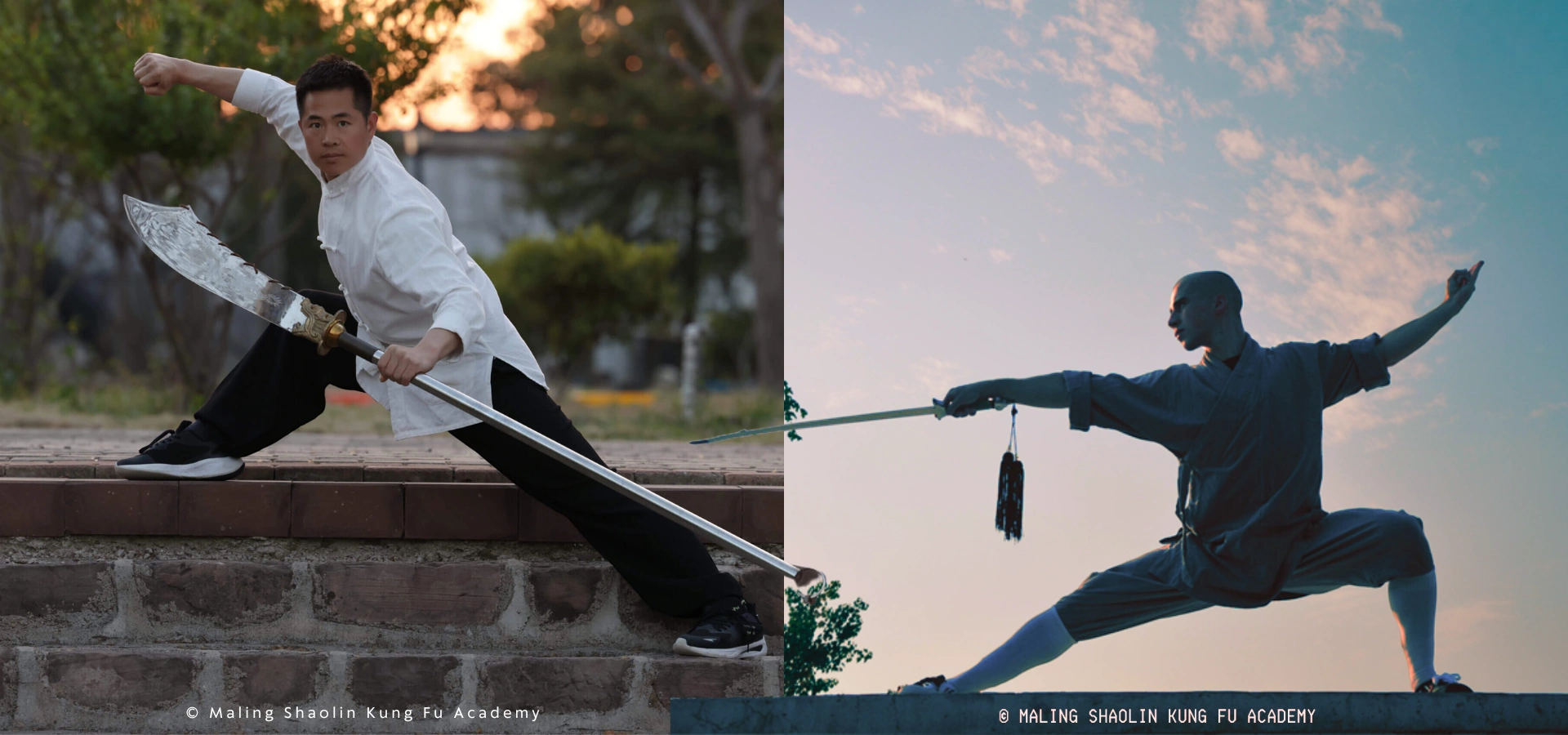
Variations
While the basic Bow Stance is a fundamental posture, there are several variations that cater to different styles and techniques within Shaolin Kung Fu:
- High Bow Stance: In this variation, the front leg is less deeply bent, allowing for quicker transitions and mobility. It is often used in forms that require rapid movements.
- Low Bow Stance: This deeper version of the stance involves a more pronounced bend in the front leg, providing a more solid base. It is commonly used in traditional forms and for developing greater leg strength.
- Side Bow Stance: Here, the stance is executed with a side-facing position, offering a different angle for attacks and defenses. This variation is useful for lateral movements and evasive techniques.
Applications
The Bow Stance is integral to numerous forms and applications in Shaolin Kung Fu, serving as a foundation for both offensive and defensive techniques:
- Striking: Many strikes, such as punches and kicks, originate from the Bow Stance, leveraging the stance’s stability and power generation.
- Blocking: The stance provides a solid base for effective blocking techniques, allowing practitioners to absorb and redirect force.
- Transitioning: The Bow Stance is a transitional posture used to move fluidly between different techniques and stances, maintaining balance and readiness.
Conclusion
The Bow Stance (Gōng Bù) is a cornerstone of Shaolin Kung Fu, embodying the principles of strength, stability, and precision. By mastering this stance, practitioners lay a solid foundation for their martial arts journey, enhancing their ability to execute techniques with power and accuracy. Whether used in forms, sparring, or self-defense, the Bow Stance remains a vital element of Shaolin Kung Fu, reflecting the discipline’s enduring focus on balance between mind and body.
Check out Master Bao demonstrating the basic Shaolin stances:
See More From Our Shaolin Basic Stances Series:
The Stance Series: Horse Stance (Ma Bu)
The Horse Stance, or Ma Bu, is one of the most fundamental postures in Shaolin Kung Fu. Often considered the…
The Stance Series: Low Stance (Pu Bu)
The Low Stance (Pu Bu) is a fundamental position in Shaolin Kung Fu, emphasizing agility, flexibility, and balance. This stance…
